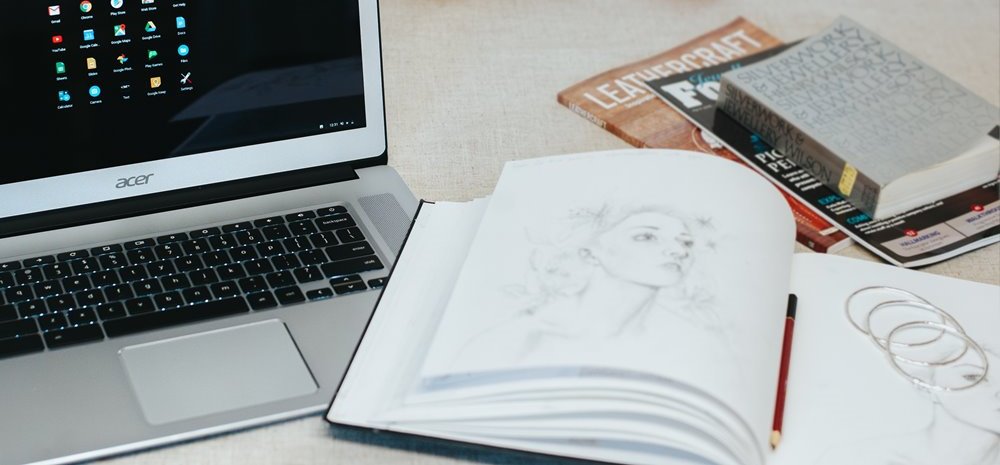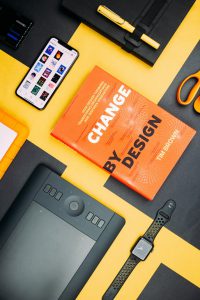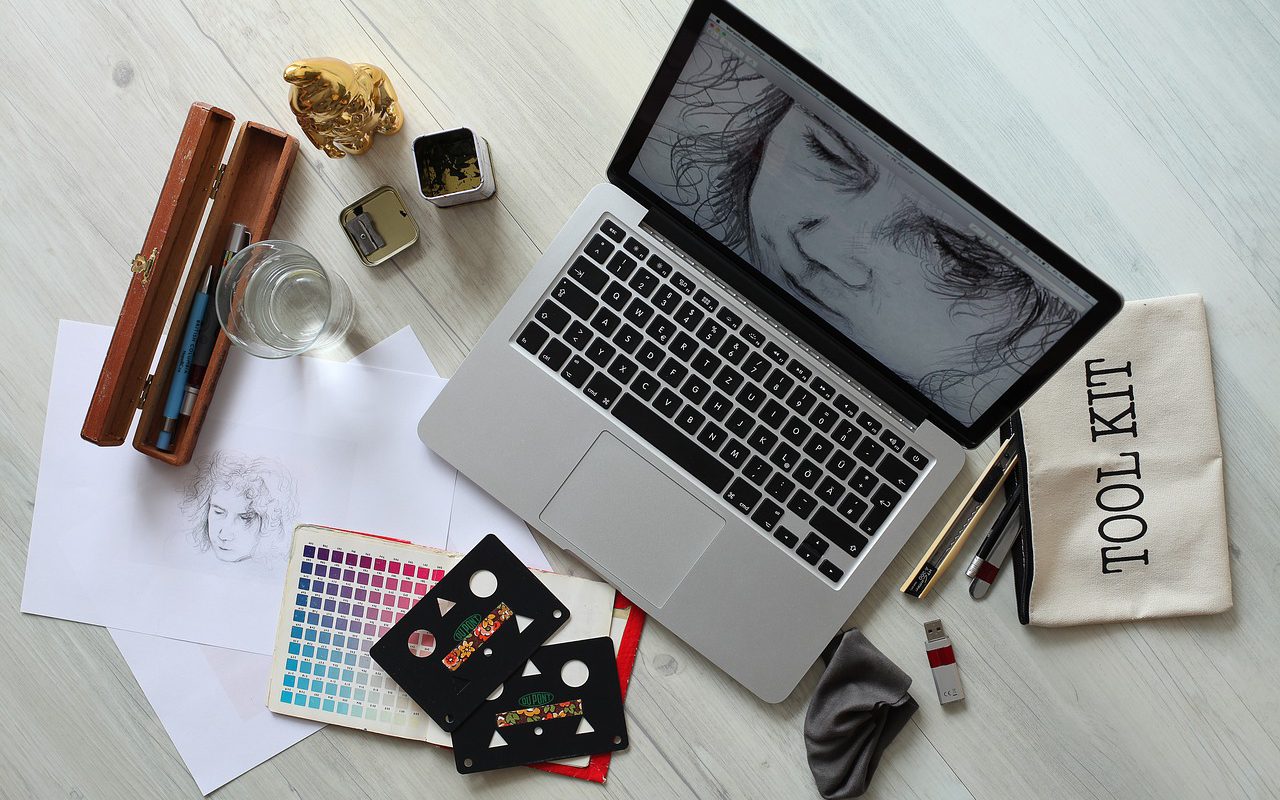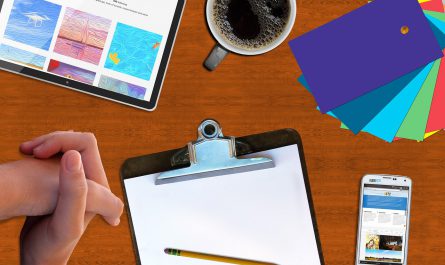It is relatively easy to define the term ‘graphic design’, though there are occasionally a few snags about the intricacies of the process. This piece is dedicated to breaking down the term in order to facilitate its understanding and application. Let us discuss some of the basics.
The Formal Definition
The American Institute of Graphic Arts, or AIGA, defines graphic design as “art and practice of planning and projecting ideas and experiences with visual and textual content.” Visual communication and problem-solving using visual elements such as photography, illustration, and typography, to name a few, fit the description. In other words, you use visuals and arrange them in the desired composition to produce a certain effect.

Is It Art?
Yes and no. You would certainly need to be an artist to a degree to consider dabbling in graphic design, but it is sometimes not the kind of art you would find at an expo or in a gallery. It is a practical form of art that serves a particular purpose. It is an attempt to address problems and communicate visually. We use graphic elements and many different types of tools in order to convey a message and create appeal.
What Are the Elements?

There are numerous elements that are used in the field, though some of the basic ones are lines, shape, color, texture, and even text. It is the difference between a bland layout and an explosion of colors and ideas. Consider some of the recruiting ads. While most of them stick to the facts and present them in black-and-white, there are many that turn their ads into real posters with bullet points, red and blue, and photos of people in a professional setting.
We associate certain colors with certain moods and attributes, like red for power, for example. Fonts also play a huge role in what the text is trying to convey. We often joke about Comic Sans in a professional setting, as this particular font is childish and playful, so you are not likely to use it to write something about a Fortune 500 company. A lot of sharp edges mean that the message is aimed towards thrill-seekers, while ovals and circles are there to soothe the viewer and stimulate their calm and focused side.
Tools
The phrase “back to the drawing board” refers to the old days when every project had to be clearly presented on a board and paper before it could be put into production. Nowadays, we employ computers and different types of software to come up with outlines and even final versions of the projects. For example, most people are familiar with Adobe products Photoshop and InDesign, though there are many others that are used, depending on what you need to do and personal preference.




